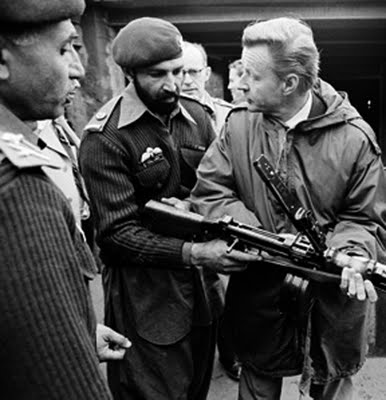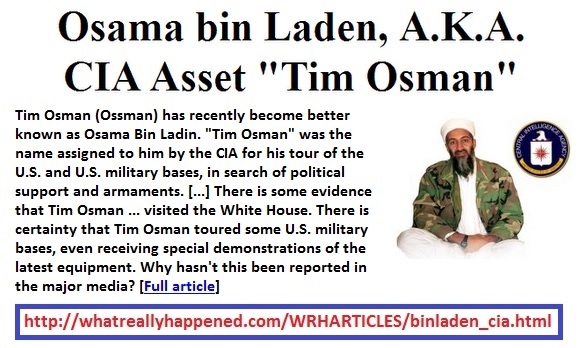The deficits are funded by borrowing and issuing bonds, then paying interest on those bonds.
This needs to be explained more thoroughly.
So. Deficit spending. That's when a country spends more than its income.
How do they pay for it? To pay for the deficit spending, the Treasury borrows currency by issuing a bond.
What is a bond? A Treasury bond is an IOU. It's a piece of paper with numbers printed on it that says loan me a trillion dollars today and I promise that over a ten year period I will pay you back that trillion dollars. Plus interest.
Treasury bonds happen to also be our national debt.
With proper definitions aside now, The Treasury then holds a bond auction.
The world's largest banks show up and compete to buy part of our national debt (Treasury Bonds) and make a profit on it by earning interest.
What happens next? Through a shell game called open market operations, the banks sells those bonds to the Federal Reserve, at a profit.
How does the Federal Reserve pay for the bonds? The Federal Reserve writes a hot check that should bounce because it's drawn on an account that always has nothing in it.
Here they're creating currency. This is inflation. An inflation of the the currency (and credit) supply.
Technically speking, they're committing fraud here. Prove me wrong (anyone)
For reference, Boston Federal Reserve's ''Putting it Simply" contends that '
'When you or I write a check, there must be sufficient funds in our account to cover the check, but when the Federal Reserve writes a check, there is no bank deposit on which that check is drawn. When the Federal Reserve writes a check, it is creating ''money.”
Except it isn't really money. It's currency. To be money it must be a store of value. But I don't feel like going that deep into it.
Anyway. The Federal Reserve then hands those hot checks to the banks and at this point currency comes into existence. Ta da.
The banks then take that currency and buy more bonds at the next Treasury auction.
That's how it works.
There's a much deeper discussion to be had on the topic, though.
If one were to take the conversation further, the next aspect in the order of dialogue should be regarding the result of what was explained in that there then becomes a build-up of bond at the Federal Reserve and currency at the Treasury.
This process is where all paper currency comes from. The Federal Reserve and the government incorrectly call it base money because they don't know the difference between money and currency. It's correctly called base currency because it is not money in the true sense of the term.
Money has to be a store of value and maintain its purchasing power in order to actually be money.
Gong further into what inflation actually is and touching on yet another aspect of how it is created, and if one wants to remain relavant for better understanding of the actual issue, would be fractional reserve lending.
For reference, the Federal Reserve Bank of New York, contends that
"Commercial banks create checkbook ''money'' whenever they grant a loan, simply by adding new deposit dollars in accounts on their books in exchange for a borrower's IOU."
Like when you deposit 100 Federal Reserve Notes, the bank keeps 10 in your account and invests/loans out the other 90. Here they are also creating currency. They're inflating the currency supply. Though digitally in this regard
So now there is 190 Federal Reserve Notes in existence. Created out of the 100 Federal Reserve Notes deposited. And you're just one guy. And that was only one deposit.
Could keep going. But I don't really feel like it.
:max_bytes(150000):strip_icc()/GettyImages-1369443899-29bdb1198f574693b7ae8639950fdbb9.jpg)


